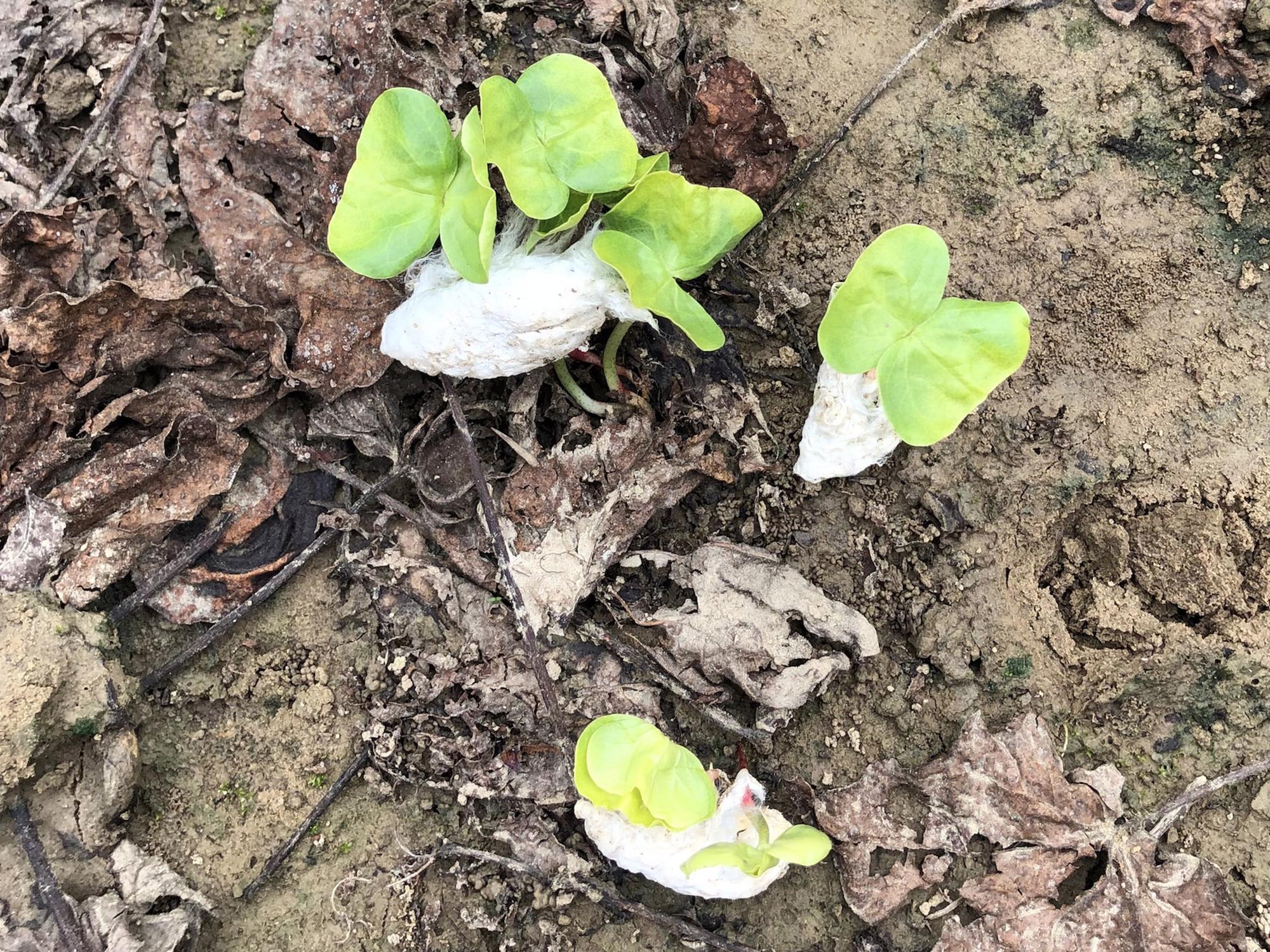Information Possibly Outdated
The information presented on this page was originally released on October 5, 2018. It may not be outdated, but please search our site for more current information. If you plan to quote or reference this information in a publication, please check with the Extension specialist or author before proceeding.
Rains batter cotton, soybeans mid-harvest
STARKVILLE, Miss. -- Most of Mississippi’s corn and rice crops had been harvested when prolonged, late-September rains soaked much of the state, but the wet weather could not have come at a worse time for soybeans and cotton.
Producers had harvested nearly half of the state’s soybeans and a fifth of the cotton before the rainfall -- as much as 7 inches in some areas. Rain shut down nearly all harvesting for a week, compromising some fields where mature pods and bolls were waiting to be picked.
“Up until the last week of September, there was only slight damage from previous rains, but now it’s more widespread,” said Trent Irby, soybean specialist with the Mississippi State University Extension Service. “We had fields that should have been harvested during September, but the field conditions didn’t allow it. Some growers were able to resume harvesting on the last day of September, but others had to wait a little longer for drier ground.”
Unseasonably high temperatures and a lack of rain in early October helped a lot of row crop growers catch up. The U.S. Department of Agriculture estimated half of the state’s soybeans and nearly a quarter of its cotton had been harvested as of Sept. 30. Irby and Extension regional agronomist Dennis Reginelli pushed that estimate to around 70 percent for soybeans by Oct. 5.
“Pickers and combines are running wide open right now in northeast Mississippi trying to get beans and cotton out of the fields,” Reginelli said. “When soybeans are ready for harvest and then you get a week of rain, you see general deterioration of the seed and beans shattering and falling out of pods. That’s an issue in some areas, but some fields were not that bad off and got the sun they needed the first week of October to dry out.”
Grain elevators are purchasing salvaged beans for less money.
“Producers face price discounts for lower quality beans resulting from rain and weather damage,” said Extension agricultural economist Josh Maples. “The amount of discount can vary based on location and quality.”
Extension cotton specialist Darrin Dodds said rain delayed cotton harvest by up to 10 days.
“Issues arising from excess rain included cotton knocked out of bolls and onto the ground, which ultimately results in yield loss, potential reduction in fiber quality and significant regrowth issues. In some cases, this will necessitate another harvest aid application.” Dodds said. “Late-season rains resulted in significant emergence of grassy weeds in row middles. While this will not impact yields, it is very unsightly, and a number of folks will likely try to address this with an herbicide application.”
Reginelli said several cotton growers in northeast Mississippi are realizing good yields despite the problems the rain caused.
“We’re seeing a lot of regrowth this week because it’s extremely hot for this time of the year,” he said. “We did have a lot that was ready to be picked before getting constant rain for four days. Cotton that has sprouted since then has died in the open cotton bolls. It’s taking more ginning to get the moisture out of the cotton.”
The USDA reported 86 percent of the state’s rice had been harvested by Sept. 30, but rain is slowing harvest for late-season rice.
“No real losses were associated with the rainfall other than a few rutted fields that will take extra work to get back into shape for next year’s rotational crop,” said Extension rice specialist Bobby Golden. “The rain may have increased some disease pressure on the extremely late-planted portion of the rice crop, but when the rains fell, most of the rice was already past the stage where considerable damage would occur.”
Corn was 92 percent harvested, so very little of the crop was exposed to the rain.
“Corn has generally proven to be relatively tolerant of extended rainy weather compared to soybeans and cotton in the past,” said Extension grain crop specialist Erick Larson. “I do expect growers may have some additional stalk lodging with the remaining corn crop in the field.”











